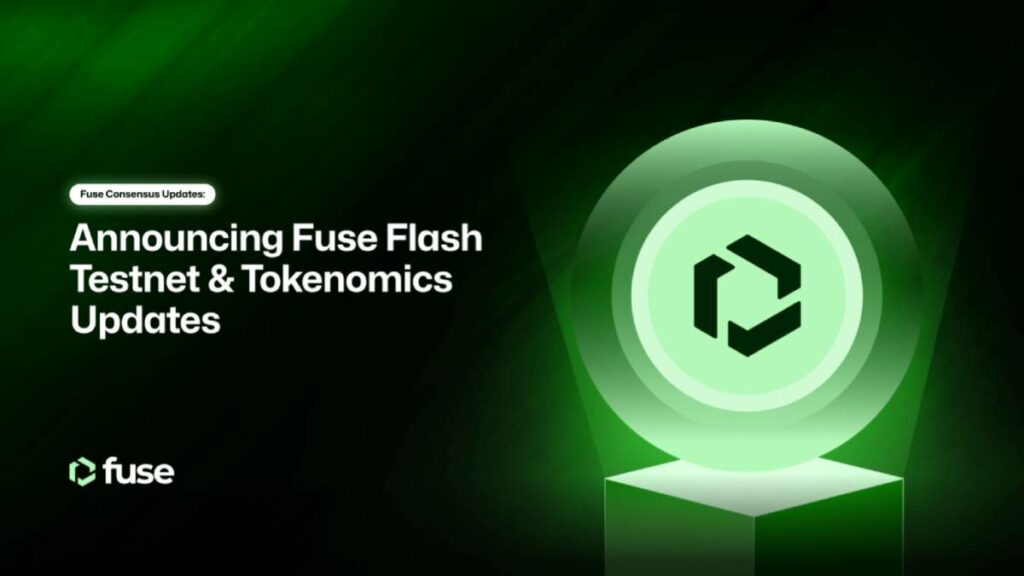TL;DR
- Fuse Network has launched the consensus contract on its Flash Testnet, with major updates to its token and validator model.
- The network is transitioning to a Layer 2 zkEVM using Polygon’s Chain Development Kit (CDK), improving its scalability and security.
- A deflationary token model has been implemented and a migration to Nethermind is underway to improve transaction fee performance and stability.
Fuse Network has taken a significant step in its evolution with the successful launch of the consensus contract on the Flash Testnet.
This advancement represents a key milestone in improving the network’s capabilities, stability and decentralization.
🚀 We’re excited to announce the successful release of the Consensus Contract on our new Flash Testnet network!
This is a significant milestone in enhancing Fuse Network's capabilities, stability, and decentralization.
Here’s what you need to know 🧵👇https://t.co/xwnYcFUDYe
— Fuse Network (@Fuse_network) July 29, 2024
As the transition from testnet to mainnet approaches, Fuse is introducing a number of crucial updates, including a new maximum stake requirement for validators, the adoption of a deflationary token model, and the integration of Polygon’s Chain Development Kit (CDK).
The main new feature is the transition to a zkEVM layer 2 network, powered by ZK and using Polygon’s CDK.
This transition is designed to increase the scalability, security and interoperability of the network.
The mainnet launch is planned for Q4 2024, positioning Fuse as a modular blockchain that supports new financial models and use cases in the Web3 space.
The new zkEVM architecture will enable the creation of an Ethereum -based network with zero-knowledge (ZK) proofs, which will become the native network after launch.
The deployment of the Polygon CDK on the testnet is the first step towards deploying the new zkVM network.
This change will allow developers to test their decentralized applications on the upgraded network without the need for a hard fork, preserving data and the state of the blockchain.
Testnet adjustments include the implementation of ZK rollup, L1/L2 integration, and migration to ZK Validium, which promises to improve user experience by increasing transactions per second (TPS) throughput and decentralized validation.
In addition to the technological transition, Fuse is making significant changes to its consensus mechanism.
A cap will be placed on the maximum supply of FUSE tokens, a deflationary token model will be adopted, and a new maximum staking requirement for validators will be established.
These adjustments are intended to increase demand and long-term value of the token, providing a solid foundation for migration to L2.
The deflationary model will contribute to the price stability of FUSE and provide a reliable medium of exchange for businesses and consumers in the Web3 ecosystem.
On the other hand, Fuse is migrating from Open Ethereum to Nethermind
This upgrade is crucial to improve network performance, increase security, and stabilize transaction fees.
Nethermind introduces important Ethereum Improvement Proposals (EIPs) that protect against vulnerabilities and create a more secure environment.
Migrating to Nethermind will not only stabilize gas fees, but also reduce volatility and ensure lower transaction costs, paving the way for a more efficient and accessible financial ecosystem.
These developments are important steps towards creating a stronger and more secure Fuse network.
We appreciate the continued support of the community and look forward to further progress with the migration to mainnet, providing a solid foundation for the ecosystem to grow.
Further updates and details about the migration will be posted in August on our blog and social media.











